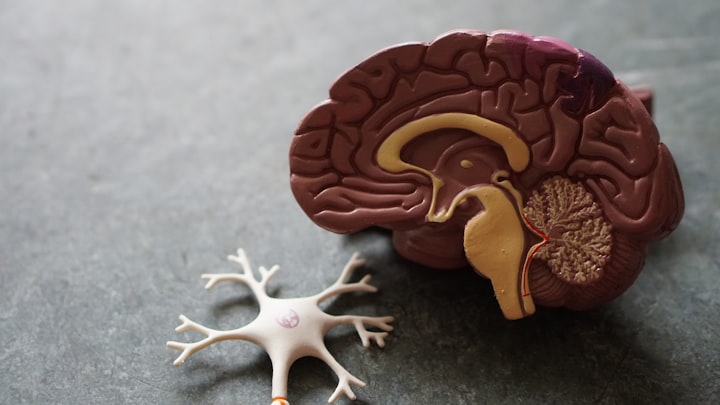We May Finally Understand The Point of Having Moist, Textured Fingertips
Human body facts.

We May Finally Understand The Point of Having Moist, Textured Fingertips
Suppose you're a primate or a koala (hello, koala readers!), you've got something different in contrast to other animals: fingerprints. Today, new research explains how our fingerprints help us keep a grip on the surfaces that we come into touch with -- and it's all related to regulating moisture.
Until today, it has not been obvious fingerprint ridges, and the greater density of sweat glands beneath them really helps us. Researchers chose to investigate this using advanced laser imaging technologies and found a finely tuned system commanding how moist or dry our fingertips are.

That means our fingers can react to the various types of surfaces they're pushed up against, which makes the grip as strong as possible with everything from a telephone to an umbrella, and preventing catastrophic slip' where we lose grasp of things.
"During contact with solid objects, fingerprint ridges are significant for grip and precision manipulation.
"They regulate moisture levels from outside sources or the sweat pores so that friction is maximized and we prevent devastating slide and maintain hold of that smartphone."
Close-up laser imaging of six male volunteers touching glass revealed when fingertips make contact with tough, impermeable surfaces; additional moisture is released to increase friction and grip. On the other hand, the sweat pores are eventually obstructed to prevent contacts that are too slippery.
This sweat-pore-blocking technique is combined with an accelerated evaporation process, controlled from the ridges of the fingerprint, which comes into play when excessive moisture needs to be eliminated -- again, with the ultimate goal of maintaining a solid contact between object and finger.
Working together, both biological mechanisms can accommodate to surfaces if our palms are wet or dry: They supply the keratin epidermis layer using just the correct quantity of hydration. This gives us abilities that smooth-handed and smooth-footed creatures don't have.
"This dual-mechanism for managing moisture has supplied primates having an evolutionary benefit in dry and wet conditions -- giving them locomotive abilities not available to other animals, such as bears and large cats," says Adams.
Fingerprint ridges have been linked to better grasp, and preceding studies have looked at moisture variants. Still, now we understand much more about the setup that's regulating how our hands control that flow of moisture -- especially when touching hard, smooth surfaces.
Besides telling us more about the individual body, the study is very likely to help product designers who have to design a gadget that humans will need to interact with, like smartphones.
Further down the line, the findings might even benefit the progression of traction on prosthetic limbs and robotic equipment and apparatus used to research virtual reality environments (where the sensation of touch might need to be simulated).
"Understanding the influence of finger pad friction will help us develop more realistic tactile sensors," states Adams. "For example, applications in robotics and prosthetics and haptic feedback systems for touchscreens and virtual reality environments."
Some Interesting Facts About the Human Body
Yes, the human body is an amazing specimen to study. From the moment that a baby is conceived in the lab until they die in the hospital, it has been in existence. From the moment that they first walk, they can run,
play, and even walk backward. They can even talk, although they cannot actually say much.
In fact, they cannot even swallow or drink on their own or talk, although they can talk through their mouth and their eyes. Babies are born with about 300 bones, but some of those bones fuse as they grow up. By the age of twelve, they only have about 206 bones left. The Human body has the ability to regenerate its own cells, and the way the Human body works is that the body grows new cells to replace the old ones who have died. Therefore, by the age of twenty, a Human being will have replaced his body's cells over a million times.
However, one interesting fact should not be ignored: the Human body cannot live without food and water for the simple reason that they do not have the ability to create them. Human beings have an enzyme that allows them to create a minimum of two quarts of water and one single pound of protein per hour. However, on average, Human beings can consume about sixteen pounds of food and ten quarts of water per hour, which is very good. So, if the Human body can survive on such a low-calorie diet, what can be the limits to Human longevity? Well, scientists are researching all the time to discover more interesting facts about the Human body.






Comments
There are no comments for this story
Be the first to respond and start the conversation.